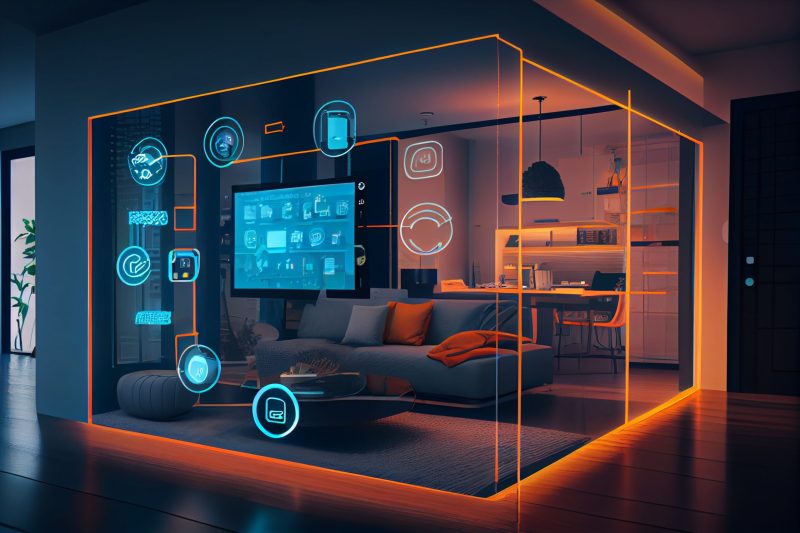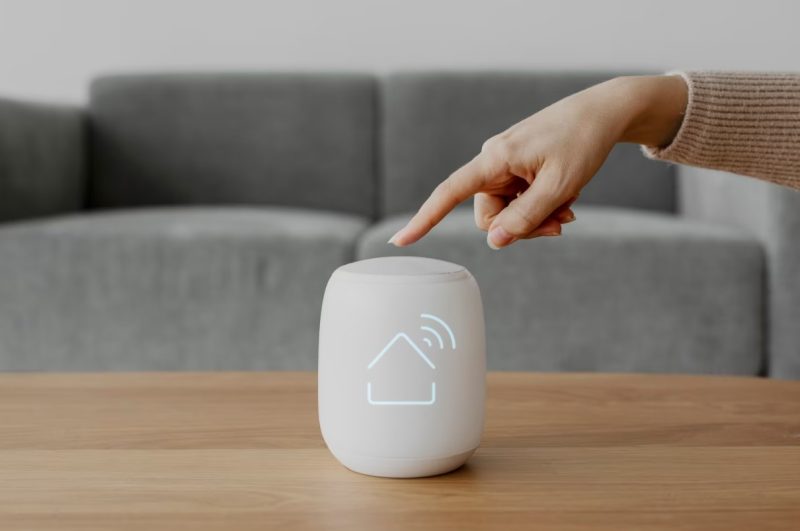
Home isn’t just a place; it’s a feeling of comfort, security, and ease. In this rapidly evolving digital age, the essence of a cozy home remains unchanged, but the methods of achieving it are being revolutionized. Central to this transformation is the advent of smart home living with Aqara. This article will guide you through the ins and outs of this new-age lifestyle, illustrating how it’s changing our homes, offering unparalleled comfort and convenience.
Smart home living is a term that refers to the use of linked, automated technology to simplify daily tasks and improve quality of life. In essence, it transforms a house into a digitally connected organism that instinctively responds to your wants. According to Statista, the worldwide smart home market is expected to reach $141 billion by 2023, demonstrating the growing popularity of this revolution.
Automation is a critical component of smart home living. Imagine waking up to the sound of your blinds gradually opening to let in the morning light, your coffee machine starting a fresh pot, and your favorite tunes playing softly in the background – all on autopilot. This fantasy morning has become a reality thanks to smart home automation. It extends beyond these basic comforts to more crucial issues such as security systems and energy management, making your life not only more comfortable but also safer and more efficient.
The versatility of smart home living is a noteworthy aspect. It is completely customizable, allowing you to create a home that is perfectly suited to your lifestyle. Your smart home is tailored to your specific needs, whether it’s voice-activated lights, automated pet feeds, or individualized heating schedules. This customization of the living environment contributes to an improved quality of life and level of comfort, which in turn promotes happiness and well-being.
The significance of smart home living is magnified when we consider its ability to assist the elderly and those with impairments. Voice command systems, smart appliances, and home health monitoring gadgets can help people preserve their independence, give crucial health information, and protect their safety, thereby improving their quality of life.

Smart home living isn’t only about convenience; it’s also an effective tool for energy conservation. Smart thermostats, such as Google Nest, learn your habits and make clever adjustments to maximize energy consumption. Smart lights, too, can be configured to turn off when no one is in the room. The US Department of Energy estimates that adopting these smart devices can help homes save 5% to 15% on their annual energy bills.
Of course, making the switch to smart home living is not without its challenges. As networked gadgets might be hacked, privacy and security concerns are among the most frequent. However, many businesses are actively investing in strong security systems to safeguard user data. To increase security, users should maintain their devices up to date with the latest firmware and use strong, unique passwords for their accounts.
In the great scheme of things, the advantages of smart home living far exceed the disadvantages. This modern way of life not only simplifies ordinary duties but also optimizes security and energy consumption, supporting a more sustainable way of life. Furthermore, the supply of individualized comfort, along with the capacity to aid the old and disabled, deepens the impact of smart homes.
Furthermore, smart home living gives a platform for design innovation. As our homes become more linked, there is a greater emphasis on developing goods that are both technologically smart and visually beautiful. These products are designed to blend in with your home decor, whether they be slim smart speakers, elegant lighting solutions, or minimalist control panels. This trend demonstrates how smart home living is influencing not just the utility but also the beauty of our houses.
The rise of AI-powered personal assistants is a remarkable breakthrough in smart home living. For a long time, devices like Amazon’s Alexa, Google Assistant, and Apple’s Siri have been household names. Their capacity to understand and respond to spoken language commands delivers a natural and engaging experience. They can control various smart gadgets, answer questions, provide reminders, and even tell jokes. The combination of artificial intelligence and smart home living is resulting in an environment that not only understands our orders but also learns our preferences over time, making our houses genuinely ‘intelligent.’
To summarize, smart home living is not a passing trend; it is a progressive lifestyle shift meant to improve our daily lives on several fronts. It envisions a future in which our homes do more than just offer shelter; they actively contribute to our well-being, convenience, and feeling of community. The advantages are numerous, ranging from personalized comfort to energy efficiency, from assisting those with special needs to building linked communities. The potential of smart home living is limitless, thanks to improvements in AI and design. As we enter this new era, adopting smart home living means embracing a future in which technology and comfort coexist, altering our concept of what it means to be ‘home.’

Taylor is a freelance SEO copywriter and blogger. His areas of expertise include technology, pop culture, and marketing.
















